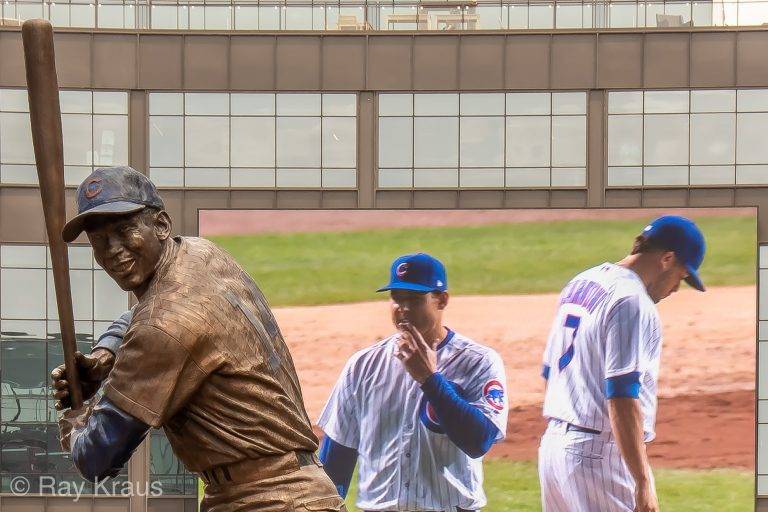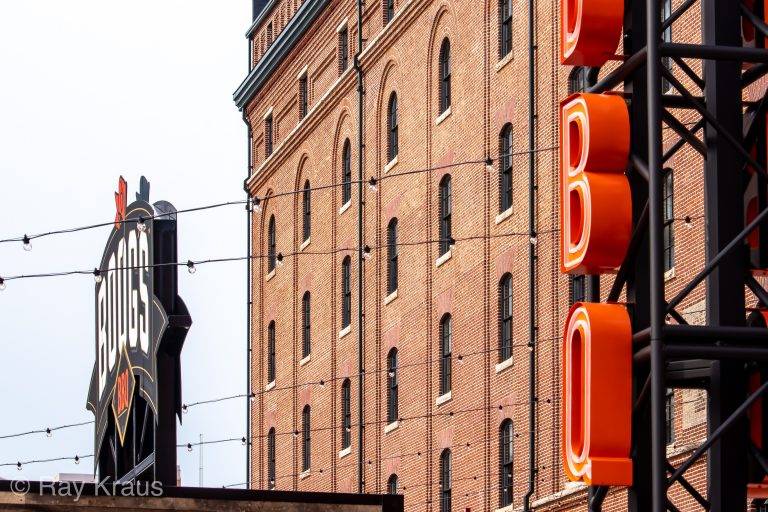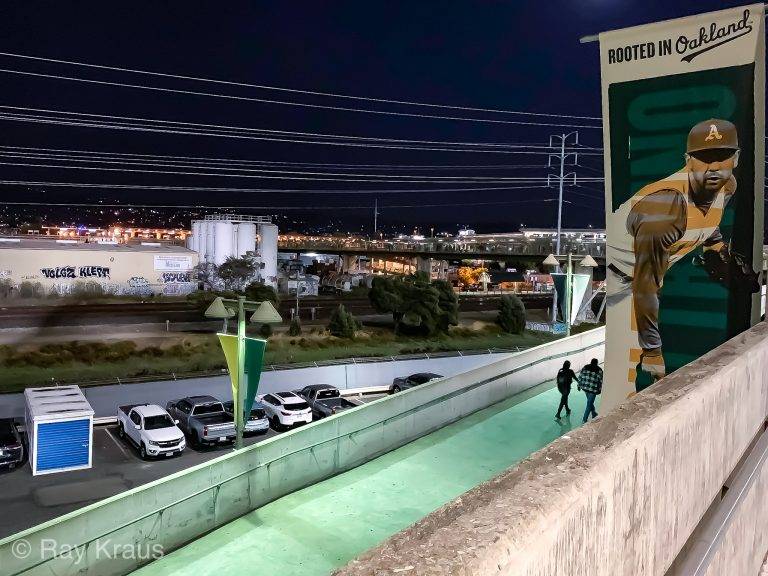Wrigley Field – The Friendly Confines
Do they still play the blues in Chicago When baseball season rolls around? When the snow melts away, do the Cubbies still play In their ivy-covered burial ground? Steve Goodman - A Dying Cub Fan's Last Request I've always wanted to go to Wrigley Field and couldn't consider my baseball life complete without at least one visit. This summer was my chance. I was ten or so when I first learned of Wrigley Field. I saw a Sports Illustrated cover with a player and beautiful ivy walls behind him. How can a baseball stadium have ivy-covered walls, I wondered. What is this place that is so much different than others? Later, as a teenager, I lived in New York and saw many Mets games televised from Wrigley. This enchanting, quaint ballpark on Chicago's Northside was not like any other I'd seen. I loved that fans sat on roofs across the street to watch the games. Furthering my intrigue was the unfortunate team that played there. The Cubs hadn't won a World Series since 1918 and a pennant since 1945. He told his friends, "You know, the law of averages says Anything will happen that can" that's what it says "But the last time the Cubs won a National League pennant Was the year we dropped the bomb on Japan Steve Goodman - A Dying Cub Fan's Last Request Balls would fly out of the little stadium, especially when the wind was blowing out. When they did, fans would run after balls in the streets behind the outfield walls. Occasionally balls would hit houses across the street from the park, I especially remember one of those long balls by Dave Kingman vividly. Wrigley intrigued me for decades Missed Opportunities Occasionally I'd go to Chicago for business but could never find the opportunity to see Wrigley. My latest attempt prior to this year, was over the July 4th holiday in 2015. My nephew planned to drive up from Indianapolis and join Mrs. Nomad and me for the fun. Additionally, Mrs. Nomad and I were going to include our first visit to Citi Field in the trip. The plan was to see the Mets play the Cubs at Citi on Thursday afternoon. That night we'd fly to Chicago to see the Cubs play a day game on Friday at Wrigley. We planned to go to at least one of the weekend games as well. Unfortunately, my old friends, the Grateful Dead, got in the way. That weekend, the remaining members of the band scheduled concerts to commemorate the twentieth anniversary of their last gig with Jerry Garcia. Since the shows were planned for Chicago's Soldier Field, hotel rooms and flights were scarce and expensive. Thus we changed our plans and stayed in New York. That weekend we saw the game at Citi Field and then spent July 4th at Yankee Stadium. What can I say? I'd seen so many Dead shows when Jerry was alive and have hundreds of shows on my computer…










